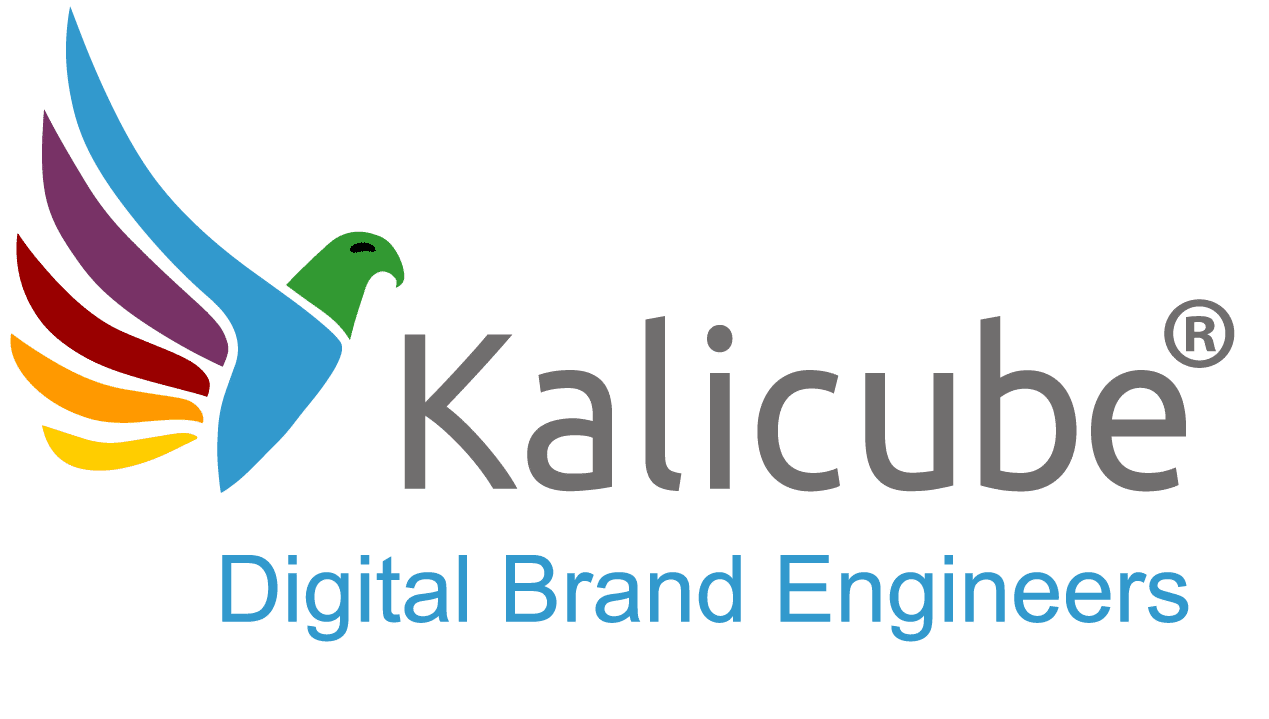Corrective Data for Machine Learning on Google: What You Need To Know?

Google Engineers use Corrective Data to teach the machine how to learn. This is called Machine Learning. In Google language, the machine is the combination of Google’s Algorithms. By teaching the machine to learn, Google Engineers train algorithms to determine facts, display relevant information, identify entities, uncover attributes, and understand relationships.
Machine learning allows a system or algorithms to autonomously learn and improve its understanding by using neural and deep learning without being explicitly programmed. Instead of coding, the algorithms are continuously fed vast amounts of data and algorithms use this data to learn how to learn. They are constantly evolving.
That’s a very geeky explanation, right? At Kalicube we call the machine the “black box” because no one really knows how it works. But it’s basically a lot of scientists and engineers using linguistics, science and mathematics to help the algorithms teach themselves how to learn on their own.
But the machine isn’t running wild. It has human supervision. Just like a parent would guide a child, Google Engineers guide the algorithms when they get an output right or wrong. They feed the machine positive reinforcement for correct outcomes or Corrective Data to fix errors so it can continue to learn.
Corrective Data is useful for improving the accuracy of Knowledge Panels.
Corrective Data is not the only way to teach machines to learn. The Kalicube Process™ offers a proven method for Brands to educate the machine and the algorithms to understand Brands and present them in the SERPs in the way the Brand wants to show up.
What is Corrective Data?
Corrective Data is labelled data Google Engineers feed the machines when the algorithms have misinterpreted data.
The process is listed below.
- Google Human Quality Raters assess and label the search results.
- Google Engineers tweak the algorithm.
- Google Engineers feed the machine the Labelled Corrective Data.
Corrective Data aids in the machine’s evolution and learning process. This continuous feedback loop allows the machine to improve its ability to learn and make accurate judgments.
This is particularly useful if the Knowledge Panel is displaying incorrect information about a Brand.
Can you use the “Feedback Button” in a Knowledge Panel to provide Corrective Data?
Yes. One way to provide Corrective Data is through the feedback button on the Knowledge Panel. Click the feedback button and a pencil icon will appear and users can choose a section and provide feedback. The Engineers will decide if this feedback is relevant for Corrective Data.
At Kalicube, we’re very familiar with changing information in a Knowledge Panel. Although algorithms have ultimate control, there are effective ways to suggest and influence changes. When suggesting changes, you should justify them clearly and support them with links from independent sources. Google’s official help documents and guidelines are hugely helpful in understanding the feedback process.
The feedback button is a minuscule proportion of the corrective and reinforcement data Google is feeding into the machine. The machine regularly receives millions of pieces of corrective and reinforcement information as well as vast amounts of additional human-curated information.
Every time a human at Google changes something in the Knowledge Panel via the feedback button, it gives the machine an example of where it made a mistake. But that’s just a tiny signal to the algorithm, and the algorithm can choose to ignore that specific correction.
However, it’s important to note that while human input plays a role, it is just one small signal among many. The algorithms have the ultimate decision-making authority and can choose to accept or disregard specific corrections.
Thus, the process is a dynamic interplay between human feedback and the machine’s learning mechanisms.
This is why the Kalicube Process is designed to optimise the way the machine understands and interprets the information Brands display as part of their digital strategy. The Kalicube Process is grounded in ensuring the algorithms understand the Brand, trust the Brand and that content is helpful and easy to deliver to the end user.
How do Google’s Algorithms Use Machine Learning to Improve Information Retrieval?
Google’s algorithms progressively fine-tune themselves, becoming more accurate and reliable over time. The machine effectively runs itself (with human checks), continually adapting and making autonomous decisions based on the corrective and reinforcement data it receives. This means Google can serve helpful, accurate, information to its users. Instead of matching keywords to keywords, Google algorithms can now understand the context behind the search, and potential next search terms as well as provide voice search and image search results. And with its next iteration of search – Search Generative Experience – Google can take users through a complete search journey in one place in the search results.
Pitfalls and Drawbacks of Corrective Data for Machine Learning
Bias Amplification
If the Corrective Data contains biases or inaccuracies, machine learning algorithms can unintentionally amplify those biases during learning. This can lead to outputs containing bias and perpetuate unfair or discriminatory outcomes.
Insufficient Quantity
The availability and quality of Corrective Data can vary, and there may be a lack of sufficient data to effectively address certain types of errors. This limitation can hinder the algorithm’s ability to learn and improve in specific areas.
How does Corrective Data for Machine Learning Fit into Brand SERP Optimization and Knowledge Panel Management?
By leveraging Corrective Data, brands can optimise their Brand SERPs and enhance their online visibility and reputation. Through active participation in the correction process, brands rectify inaccuracies in Knowledge Panels, ensuring that the displayed information accurately represents their brand and aligns with their desired image and values. This proactive approach to Knowledge Panel management empowers brands to maintain control over their online reputation and deliver accurate, relevant information to users searching for their brand.
The Kalicube® Process doesn’t rely on the feedback button to create and manage Knowledge Panels. Our process ensures Brands present who they are, what they do and who they serve clearly and consistently. It is a step-by-step approach to educating the algorithms so Google builds Knowledge Panels that are rich and accurate and demonstrates Google is confident in its understanding of a Brand.
Nothing is random or ad hoc in the Kalicube Process. Thus minimising the need to correct Knowledge Panel data.
Book a call today to discuss how we can help you.





